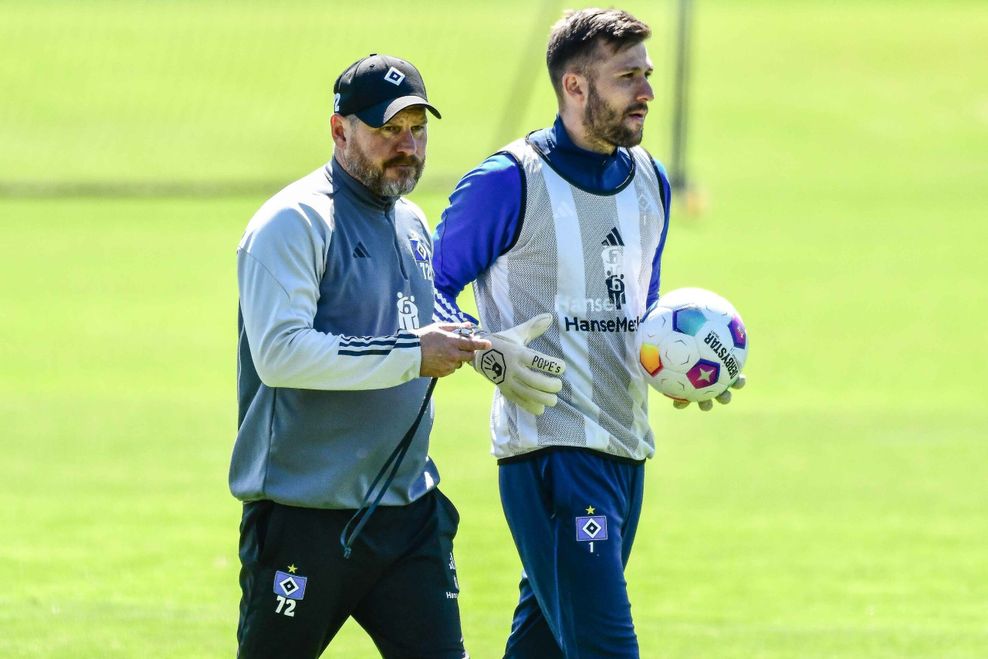(NEXSTAR) – Fans resent resting stars, but doctors say it’s a smart move.
Fans, athletes and medical experts have been having discussions on the increasing demand from players, starting from the time they first start playing all the way up to the professional ranks.
“The body doesn’t necessarily have adequate time to recover [or] repair minor injuries or issues that may have been plaguing that athlete throughout the season,” Andrew Jagim, Ph.D, Director of Sports Medicine with the Mayo Clinic Health System, said. “Then you’re just increasing the risk of some of the overuse-related injuries that we’ll commonly see in those types of situations where that athlete was just doing too much for too long.”
All sports deal with potential player burnout, from budding soccer stars to the NBA’s best managing their minutes and games. Meanwhile, superstars like LeBron James and Tom Brady were reported to have spent millions of dollars a year on keeping their body in top shape to extend their playing careers.
It’s not just the seasoned athletes that may suffer from overplaying.
“By the time [younger athletes] do get to a Division 1 program, or even get the chance to play professionally, not that they’re damaged goods, but we’re even seeing some of the younger players in the league almost plagued with injuries non-stop,” Jagim said.
The concept of “load management” is not new, but sports analysts have argued that elite players would appear on injury reports with acute overuse injuries that don’t require medical attention, just to limit their minutes or games played.
Some even blame NBA head coach Greg Popovich for creating “load management” as a way to rest his players without having to list them as injured during the NBA’s 82-game season.
“Pop was looking after his players,” Steve Isono, M.D., a clinical professor with orthopedic surgery at Stanford, said. “‘I am not playing Manu [Ginobli] or [Tony] Parker, back to back traveling for 80 times, just not doing that.’ So he was way ahead of this time.”
The WNBA season starts weeks after the end of the NCAA women’s national championship, giving rookies less time to prepare and rest for the next level of competition.
While all eyes were on standout rookie Caitlin Clark to play for the Indiana Fever, her omission from the Olympic basketball team was argued by some as a way for her, among others, to finally get some rest from the non-stop schedule.
Despite pushback from players in 2021, the NFL increased the amount of regular season games from 16 to 17, while eliminating one pre-season game.
And while the 17-game season has been around for just a few years, discussions about increasing it to 18 games “seems inevitable.”
But Dr. Isono points out that the driver is not always physical or emotional.
“It is financially lucrative to have more games, more TV rights, more sponsorships, more commercials. From the player standpoint, there’s more exposure,” Isono said.
While most medical professionals like Isono and Jagim would agree that rest and recovery is vital in a world of increasing playing time, it may be different from the athlete’s perspective, where playing through fatigue and minor injuries is a way of proving their toughness.
“Athletes are so driven internally, which is their character of how they became an elite athlete,” Isono said. “That’s a tough cookie to crack. You just telling someone, ‘Oh, just chill out.'”
























